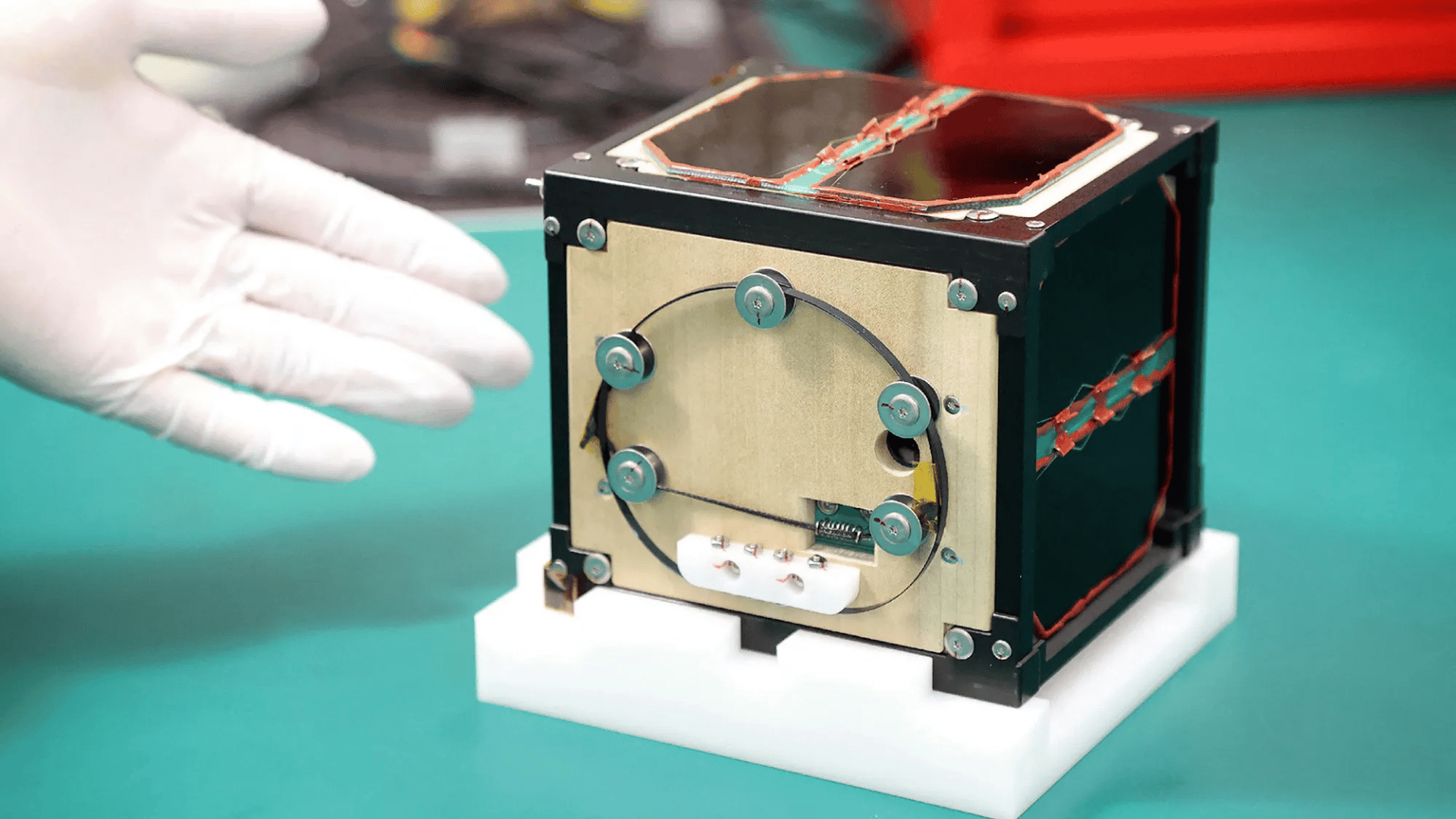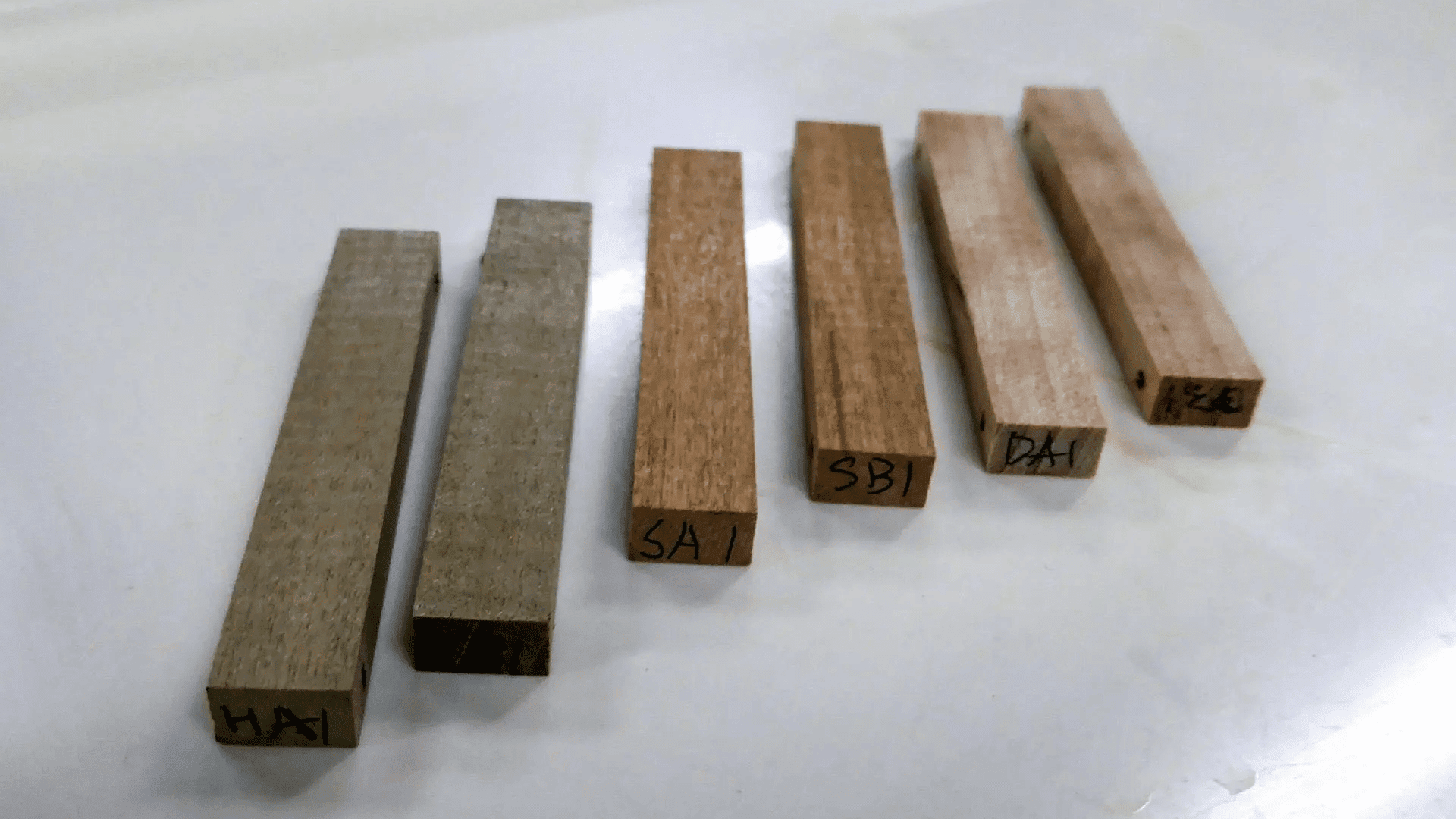On November 5th, the SpaceX Dragon Capsule docked at the International Space Station carrying 6,000 pounds of cargo, including the world’s first satellite built using wooden parts. But what type of wood was used to create this nature-inspired technological marvel?

The wooden satellite is called LignoSat, named after the Latin word for wood “lignum”. The satellite is made of honoki, a magnolia tree native to Japan whose wood was used throughout history to craft samurai sword sheaths.
The device’s creation was inspired by NASA astronaut and engineer Takao Doi, who wanted to test whether future moon or Mars explorers could one day construct durable buildings using materials other than concrete and steel.
Doi and his collaborator Koja Murata, a Kyoto University professor of forest and biomaterials science, partnered with one of Japan’s oldest timber companies to send three wooden samples to the ISS in 2022. Magnolia, birch, and cherry blocks were used to test the resilience of various types of wood.
After being subjected to the harsh conditions of outer space, such as extreme solar radiation, harsh temperatures, and cosmic rays for eight months, the wood samples displayed no major signs of damage or deterioration.

According to a Kyoto University rundown published earlier this year, the Honoki magnolia was ultimately chosen due to its lightweight and crack resistance compared to the other two types of wood. To complete larger portions of LignoSat’s outer casting, engineers worked with artisans who trained in “sashimono,” the traditional Japanese woodworking technique that dates back centuries and involves precise joint designs instead of glue, nails, screws, or welding.
ISS, NASA, and the Japan Aerospace Exploration Agency (JAXA) plan to deploy the LignoSat in December for a six-month orbital trial. As it orbits Earth, engineers will use this test to monitor wood deformation and how the material affects onboard sensors monitoring the geomagnetic field.
After completing its mission, LignoSat will safely burn up upon reentering Earth’s atmosphere. This type of satellite construction could lead us toward a future with more sustainable satellite construction as, according to The New York Times, metal satellites release harmful, ozone-damaging emissions like aluminum oxide into the atmosphere during de-orbits.







